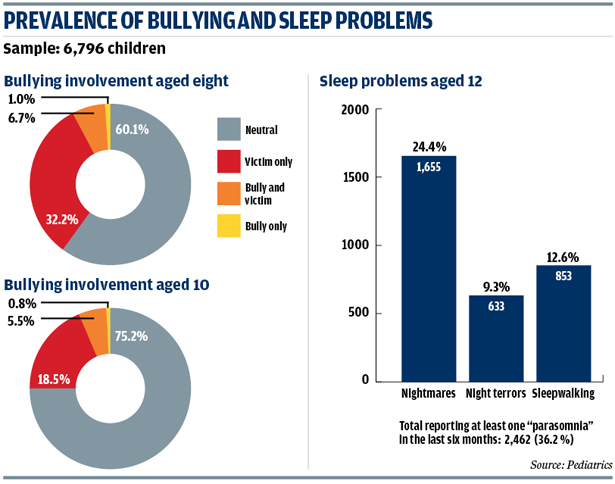Authors Dieter Wolke and Suzet Tanya Lereya, University of Warwick
Published by Pediatrics, September 2014

Summary
Past research has shown serious trauma and abuse, and other environmental factors, can lead to nightmares and night terrors. Researchers from the University of Warwick wanted to find out whether being bullied by peers, which can be very distressing for children, could increase the risk of developing parasomnias, or sleep disturbances: night terrors, sleepwalking and nightmares. Nightmares occur during rapid eye movement sleep, causing distress and are usually remembered. Night terrors, where children might fight imaginary monsters or scream, and sleepwalking, occur after sudden arousal from non-rapid eye movement sleep and are usually not remembered.
Register Now to Continue Reading
Thank you for visiting Children & Young People Now and making use of our archive of more than 60,000 expert features, topics hubs, case studies and policy updates. Why not register today and enjoy the following great benefits:
What's Included
-
Free access to 4 subscriber-only articles per month
-
Email newsletter providing advice and guidance across the sector
Already have an account? Sign in here

